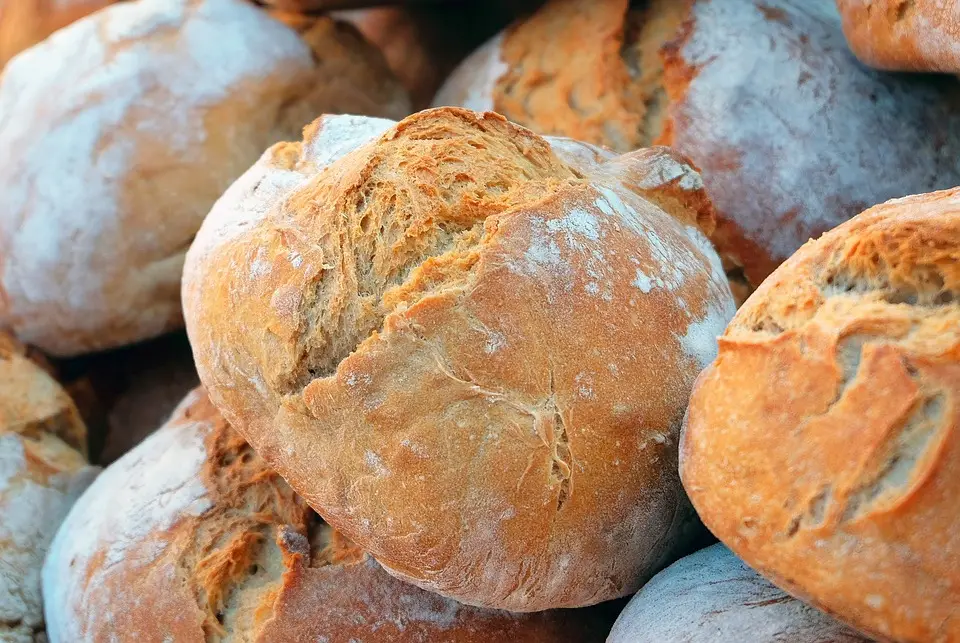
Croatian prices are sometimes baffling for many people given the average wage level in the country, and some items are inexplicably more expensive than they are in more developed EU countries.
As Poslovni Dnevnik writes on the 26th of August, 2020, the prices of bread and cereals in Croatia are about two percent above the European average, and at these prices, the country is a record holder among transition countries, Eurostat announced based on the movement of prices of bread and cereals throughout the year 2019.
Slovenia is right next to Croatia in that sense. In the Czech Republic, bread and cereals are 80 percent cheaper than they are in regard to the EU average, ie a fifth cheaper than in Croatia, in Hungary, bread and cereals are a quarter cheaper, in Slovakia they’re 10 percent cheaper, in Bulgaria they’re cheaper by a third, and in Romania they’re 50 percent cheaper.
Although it isn’t a member of the European Union, prices in Norway are 60 percent above the EU average, however, so are average Norwegian salaries, and Germany’s bread and cereals are about one percent cheaper than they are here in Croatia.
The bakery industry, ie the production of bread, fresh pastries, confectionery and cakes, annually generates between 4.5 and 5 billion kuna in revenue in Croatia and employs about 16 thousand workers.
When asked why bakery products are expensive in Croatia, both traders and bakers will immediately discuss the high cost of various boxes that must be ticked for the state, while a more honest answer could be – because they can be. On average, Croats eat only 4.5 kilograms of fish a year, but each member of a typical household eats an average of 55 kilograms of bread and pastries on an annual basis.
For comparison, the price of meat in Croatia is 17 percent lower than the average price in the EU, fruits and vegetables are about 11 percent lover, and milk, cheese and eggs are only 5 percent cheaper than the average price in the EU. Croatian prices for food are generally 6.5 percent lower while oils and fats are about 7 percent more expensive than the bloc’s average.
In the past year alone, bread and cereals have risen in price by an average of 1.1 percent, which deviated from the movement of prices of other products. Prices of goods and services for personal consumption measured by the consumer price index, after a modest increase in June (+ 0.1 percent), fell by 0.5 percent on a monthly basis in July.
At the annual level, there was also a decrease in April in a row by 0.3 percent. In the period from January to July, average consumer prices were up 0.4 percent when compared to the same period in 2019. Observed by groups and by the purpose of consumption, the largest generator of the fall in consumer prices on a monthly basis by 9.5 percent are seasonal reductions in clothing and footwear.
Food and non-alcoholic beverages were on average 0.9 percent cheaper while the prices of household equipment and regular household maintenance were lower by 0.3 percent. In addition to the coronavirus crisis and reduced consumption, the fall in Croatian prices is also affected by crude oil, so fuels and lubricants are ten percent cheaper now when compared to the same period last year. Alcoholic beverages and tobacco with a share of 5.2 percent in the total structure of the domestic consumer basket increased at an annual rate of 4.5 percent, mainly due to increased excise duties on harmful products.
“By the end of the year, there should be a further decline in average consumer prices on an annual basis, so in the baseline scenario when compared to 2019, this year we should record stagnation in consumer prices,” said RBA analysts, as was reported by Vecernji list.
For more on Croatian prices, follow our lifestyle section.
For the latest travel info, bookmark our main travel info article, which is updated daily.
Read the Croatian Travel Update in your language – now available in 24 languages
Join the Total Croatia Travel INFO Viber community.










